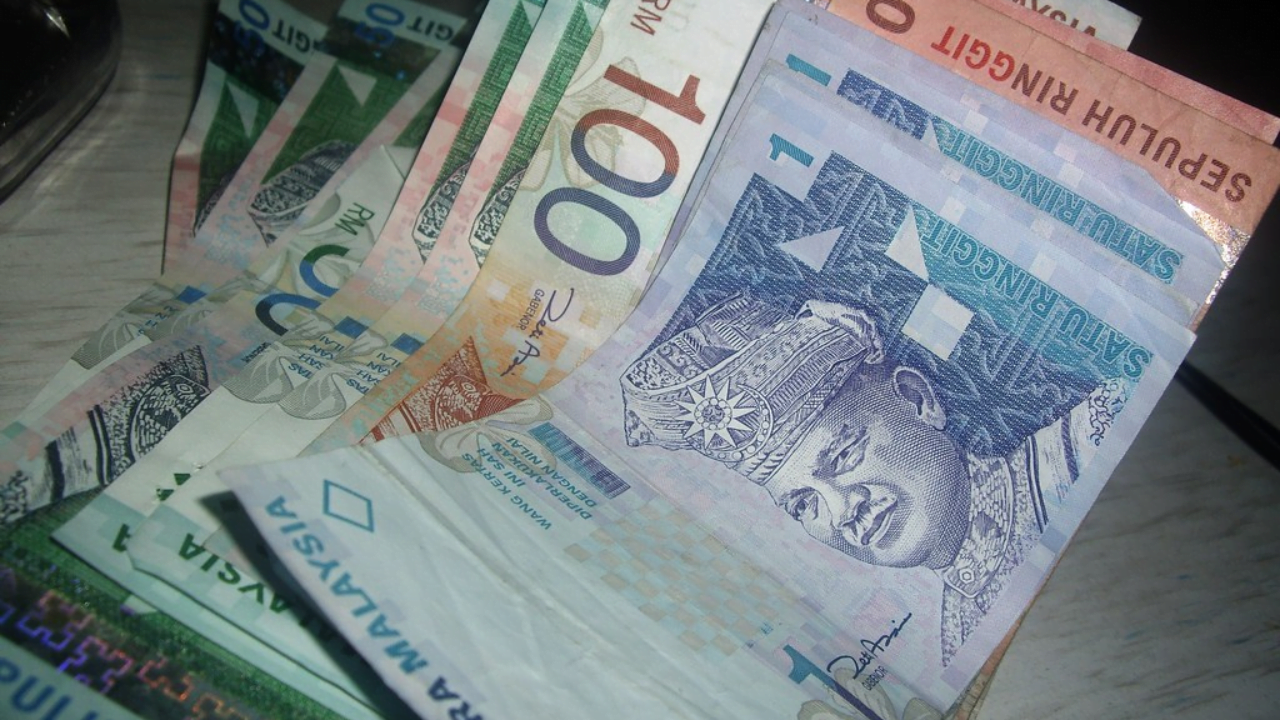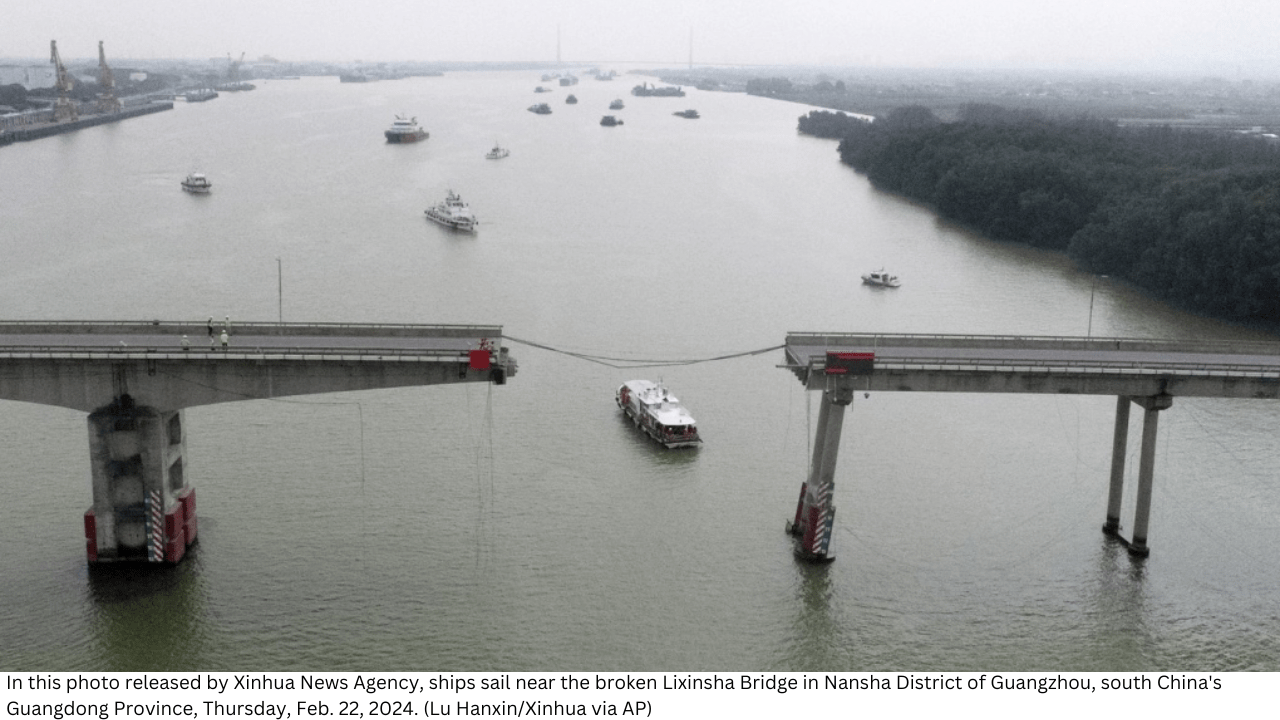Taiwan’s strongest earthquake in 25 years shook the country during Wednesday’s morning rush hour, killed 9 people and left many injured. Dozens of quarry workers were left stranded, and other locals were forced to escape through broken windows of damaged houses.
Around a thousand people were injured in addition to the main epicenter of the earthquake, which was located off the coast of rural, hilly Hualien County. Some buildings in the area had their ground floors crushed and tilted at sharp angles.
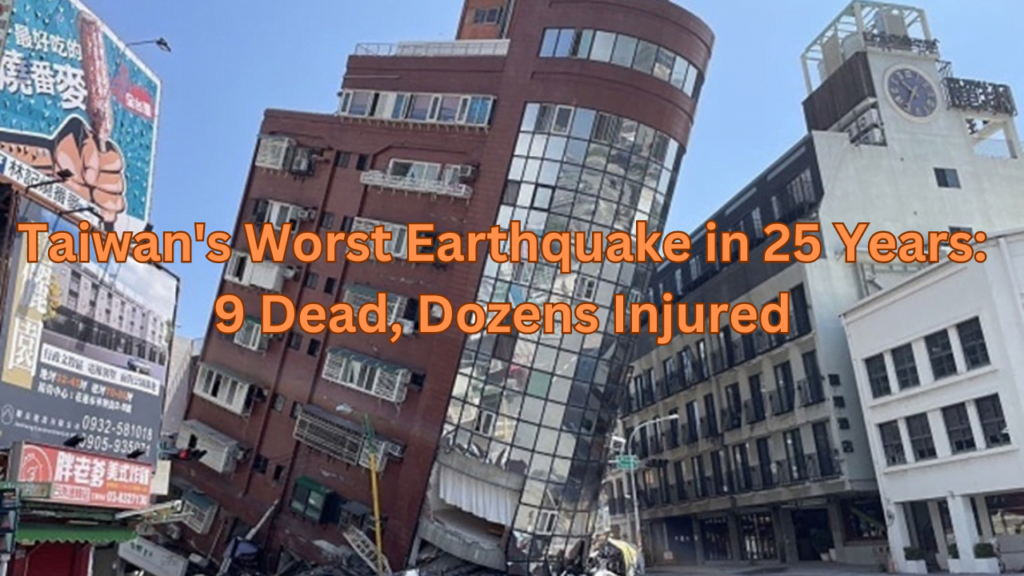
As the country’s aftershocks shook the capital city of Taipei, little over 150 kilometers (93 miles) distant, tiles fell off older buildings and schools evacuated kids to sports grounds.
In Hualien, rescuers dispersed around the area in search of anyone who could be trapped and to stabilize structures that were damaged. Authorities sought to identify or release those who were in distress, therefore the number of persons who were stranded, missing, or trapped changed over time.
According to Taiwan’s national fire service, some 70 workers who were stuck in two rock quarries were unharmed, but the roads leading to them were harmed by falling boulders. Six workers were set to be airlifted on Thursday.
After doors fused shut during the shaking, neighbors and rescue personnel were seen on TV rescuing residents—including a toddler—through windows and into the street in the early morning hours following the earthquake.

Taiwan’s people are among the most equipped for earthquakes, despite the country’s frequent tremors. However, officials did not issue any notifications since they anticipated a mild earthquake. Even those who are accustomed to such shaking were shocked by the intensity of the shaking.
“I’ve become used to earthquakes.” However, this was the first time an earthquake had frightened me so much that I started crying,” said Hsien-hsuen Keng, a Taipei resident who lives in a fifth-floor flat. The earthquake shook me awake. I had never experienced such severe trembling before.
According to the fire department, the earthquake occurred just before 8 a.m. and killed at least nine people. According to the local United Daily News, three hikers were killed in rockslides at Taroko National Park in Hualien, while a van driver died when debris collided with his vehicle.
A tsunami warning was issued but subsequently withdrawn.
There were at least 1,011 injuries recorded. Following the quake, authorities lost communication with 50 hotel personnel in minibuses in the national park; three walked to the hotel, while the others remained stuck.
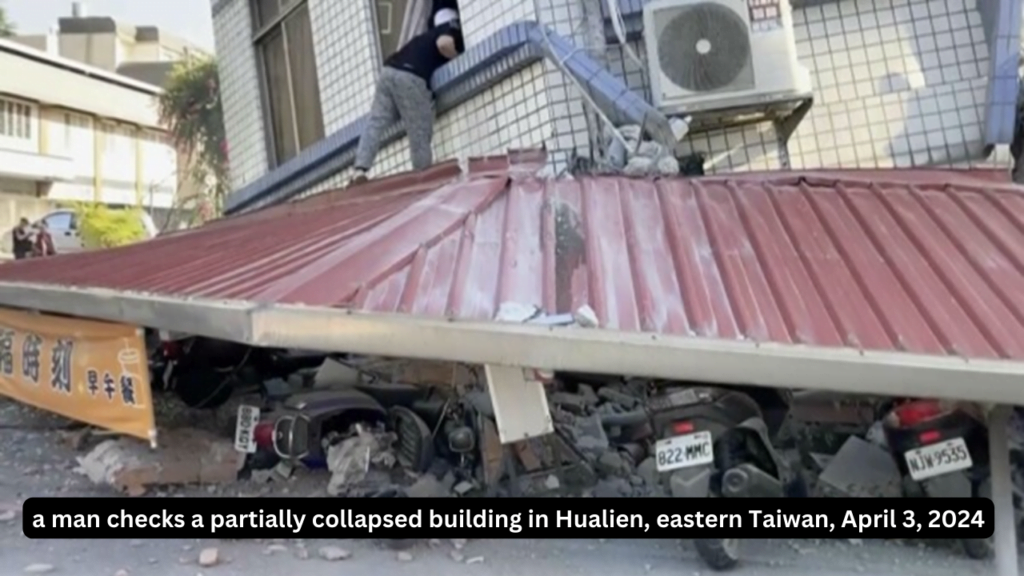
Roads, bridges, and tunnels were destroyed by the earthquake and its aftershocks, which also resulted in 24 landslides. Minor damage also occurred to parts of Taoyuan’s main airport, which is located just south of Taipei, and to the national assembly, as well as to a converted school that was constructed before to World War II.
48 residential structures in the city—which has the same name as the county—were destroyed, according to Hualien Mayor Hsu Chen-wei. Hsu stated that efforts were underway to restore power and water supply.
The U.S. Geological Survey reported a magnitude of 7.4, whereas Taiwan’s earthquake monitoring agency reported a 7.2 magnitude. It was around 35 kilometers (21 miles) deep when it struck, roughly 18 kilometers (11 miles) off the east coast of Taiwan, near Hualien. It was followed by many aftershocks.
The earthquake caused landslides and falling debris to damage tunnels and highways, resulting in a virtual stop for traffic throughout the east coast. Train service was halted across the 23 million-person island, with some lines twisted by the quake’s force, as was subway service in Taipei, where portions of a newly completed elevated line split apart but did not collapse.
The island, which practices earthquake drills at schools and issues notifications via public media and cell phones, quickly overcame the initial fear following the earthquake. Taiwan is among the best prepared countries in the world, according to seismologist and Missouri University of Science and Technology professor Stephen Gao. Taiwan has stringent building codes and a world-class seismological network.
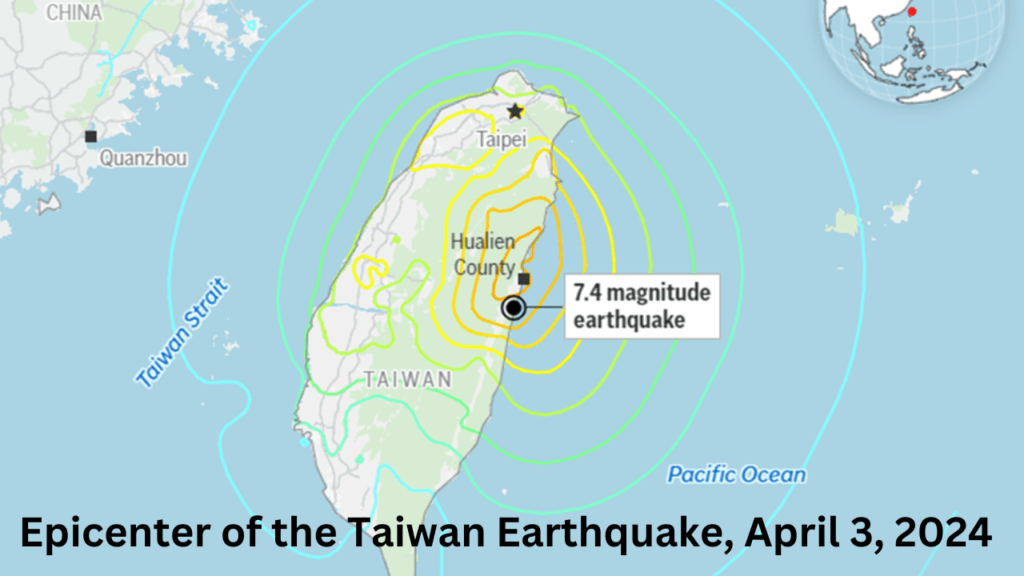
By noon, the busy metro station of Beitou, a popular suburb of Taipei in the north, was once again full of people heading to work and others arriving to enjoy the hot springs or hike the mountain paths at the base of an extinct volcano.
Chinese media said that the earthquake was felt in Shanghai as well as in a number of provinces along China’s southeast coast. Taiwan and China are located around 100 miles (160 kilometers) apart.
Taiwan’s Seismic History: A Ring of Fire Epicenter
Taiwan is located along the “Ring of Fire” in the Pacific, a region of seismic faults that surrounds the Pacific Ocean and is the epicenter of most earthquakes worldwide.
The latest major earthquake to hit Hualien occurred in 2018, when it destroyed a historic hotel and left 17 people dead. On September 21, 1999, Taiwan had the worst earthquake in recent history, measuring 7.7 on the Richter scale. Approximately 100,000 people were injured, thousands of structures were destroyed, and 2,400 people lost their lives.



